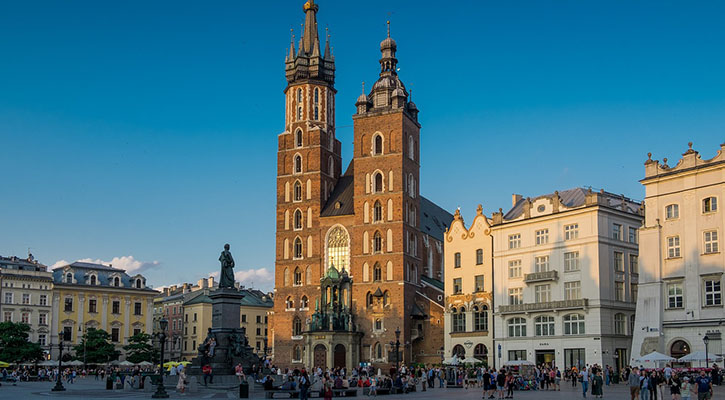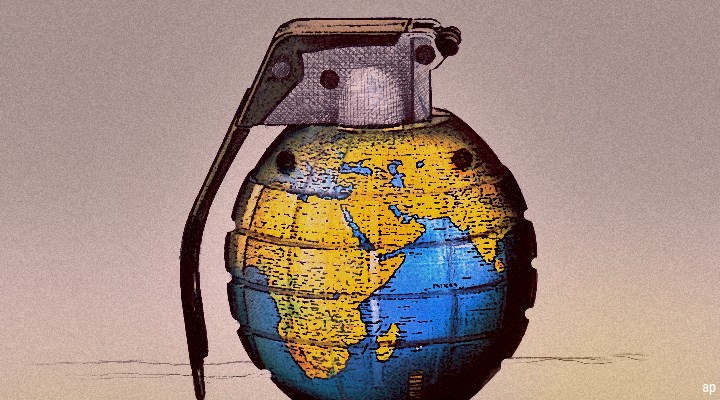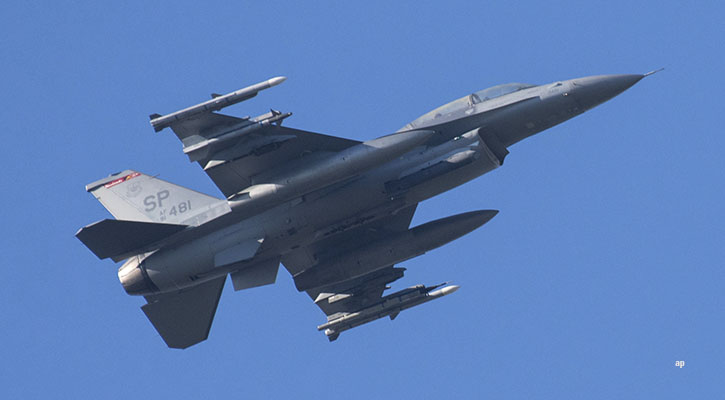
Funds focused on Eastern Europe saw their investable universable change dramatically a year ago, and it’s been a difficult 12 months for portfolio managers and investors alike.
Before the war, Russian stocks made up a large part of the benchmark, the MSCI Emerging Markets Europe index. The country made up 66% of the index, with Poland weighted at 16% and Turkey 7%. Poland is now the biggest country in the index with a 35% weighting, followed by Turkey with 29% and Greece at 17%. These dramatic changes have seriously shaken up the portfolios of funds focused on emerging Europe.
But what happened to the existing Russian stocks in these fund portfolios? Due to restrictions and sanctions, these stocks could not be traded, causing serious liquidity issues. Given these difficulties, fund companies effectively valued their Russian holdings at zero.
But companies took different approaches. Some funds decided to split their portfolio into two vehicles, separating the liquid and illiquid Russian holding.
The liquid version of the fund will house assets that are not Russian, Belarussian or with exposure to either market. The plan is for the illiquid assets to be traded once the suspension on trading is lifted, says Morningstar’s fund analyst Lena Tsymbaluk.
This measure was taken by amongst others JPM Emerging Europe Equity and Schroder ISF Emerging Europe, so they could stay open. Some fund companies, such as Abrdn and Danske, have decided to fully liquidate their frozen Russia and Eastern European strategies.
Portfolio Changes
Emerging Europe funds have had to adapt to the dramatic changes to the benchmark and adjust their holdings significantly.
Looking at the fund portfolio data, it shows that many funds have enlarged their positions in the financial, energy and consumer sectors (these sectors make up 35%, 12% and 11% of the benchmark). If we take Allianz Emerging Europe as an example of an emerging Europe fund, the portfolio shows new holdings in oil companies from Greece and Romania.
The financial sector has the biggest weighting because of Polish banks, but also those from Hungary, Turkey and Greece. In the consumer defensive sector, new holdings were added or existing holdings enlarged. With a gain of almost 14% over the past 12 months, the portfolio changes have paid off for this fund.
Many emerging Europe funds have holdings in energy, basic materials and commodities companies, which have performed well in the last year. While Russia is home to many of these stocks, alternatives are available; for example, the largest company in the MSCI EM Europe index is Poland's PKN Orlen, an oil refiner and petrol retailer. Copper and silver producer KGHM Polska Miedz, also from Poland, is in the benchmark's top 10 too.
The large weighting to Polish banks also stands out at the JPM Emerging Europe Equity portfolio. This fund also made a 12-month return of just under 14%.
Contrasting Returns
Looking at the Morningstar Category, Emerging Europe Equity, we find around 50 funds available throughout Europe. They show very different return over 12 the past months, but the majority of these funds made a loss. That’s not surprising given the benchmark fell 71% in 2022, against a 20% loss for MSCI Emerging Markets and -18% for MSCI World. But nine of these funds posted a positive return in this very difficult period, including KBC Equity Fund Emerging Europe Classic Cap, with a gain of 26% over the last 12 months.
2022 has played havoc with longer-term performance figures, and we present the three and five-year annualised returns for comparison. In the year to date, many funds have continued to fall, but 13 of our cohort are in positive territory, helped by the return of risk assets to favour. Quaero Capital New Europe C-EUR is the best performer so far, with a gain of nearly 10%.



























